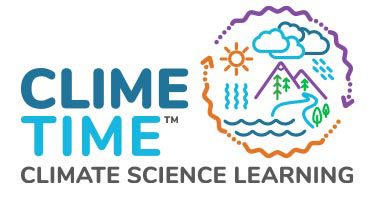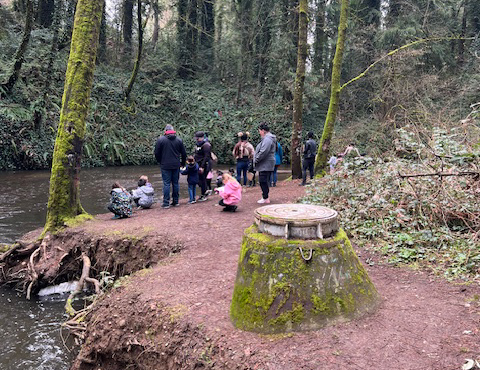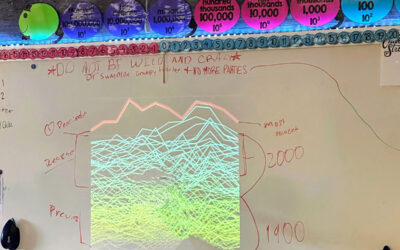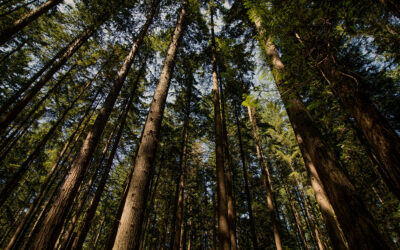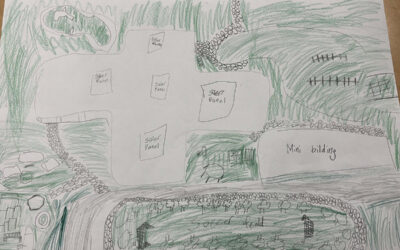What was tried in the classroom?
We began our learning by exploring the different types of living things and understanding that a natural part of the life cycle is that all living things eventually die. We then learned about the importance of reproduction for both animals and plants, and how pollination, often supported by animals, is essential for plant life to continue.
Our discussions shifted to the importance of clean water and air, including what causes pollution and how it affects living things. We talked about how we can help care for our environment, starting in our own community by properly disposing of trash.
During a visit to a nearby creek, we noticed trash in and around the water. This experience inspired us to dedicate 15 minutes each week to cleaning our school playground. One day, we discovered a water drain clogged with trash, which helped students make the connection between littering and contaminated water.
Throughout our learning, we regularly reflected on our feelings, how pollution made us feel, how it affects others, and how our actions can make a difference. Watching videos about large-scale trash collectors working in oceans and rivers deepened our understanding of the global impact of pollution and reinforced the importance of protecting our environment.
How’d it go?
I feel like this was our most successful unit yet. I was able to make meaningful connections between family, community, and seasonal holidays. From there, we explored the difference between needs and wants and discussed how overconsumption can be a big problem. This led to conversations about factories polluting our air and how that pollution impacts the environment, especially the habitats of Arctic animals.
We also studied the life cycles of many different animals and plants. At the same time, we raised caterpillars into butterflies and planted seeds that we cared for and observed as they grew. These hands-on experiences helped students understand the connections between living things and their environments.
The kids loved every single lesson. They were highly engaged and learned so much, especially with the introduction of big vocabulary words like predator, prey, and food chain. They absolutely loved it and began to see themselves as scientists, thanks to the way we normalized the idea that everyday people can be scientists who care about the planet and all the living things in it.
ClimeTime Training
EarthGen’s Climate Emotions and Creative Expressions
Classroom
School: E. Roosevelt Elementary School
District: Vancouver School District
Teacher: Lily Avila
